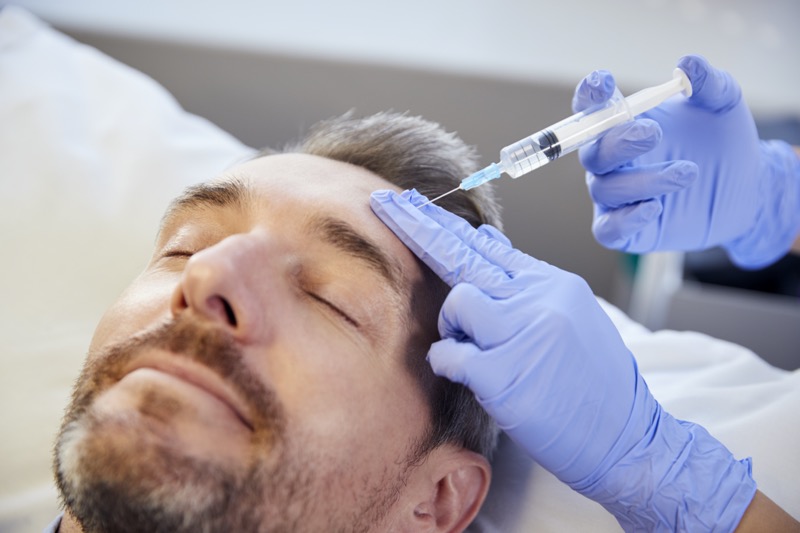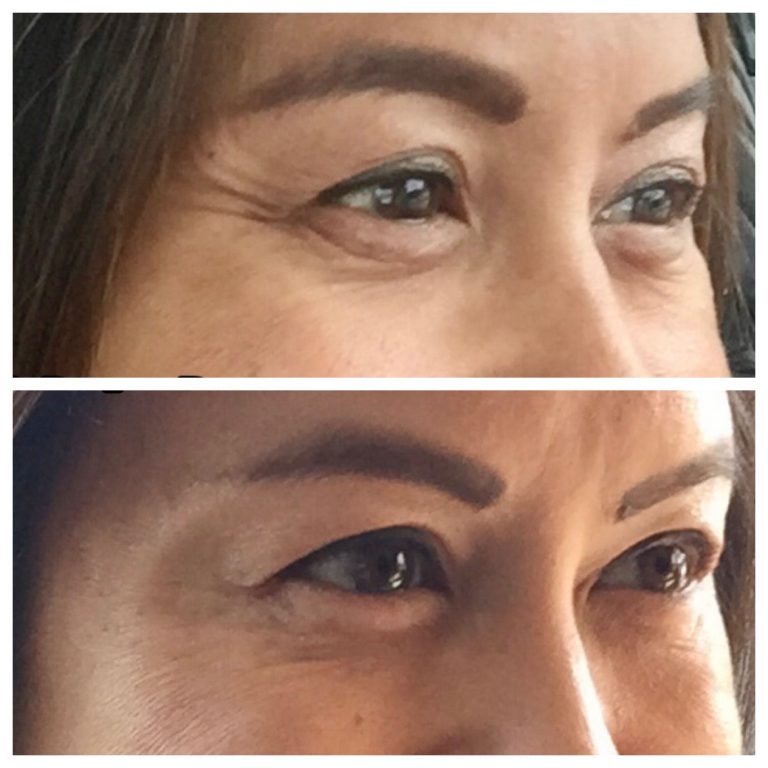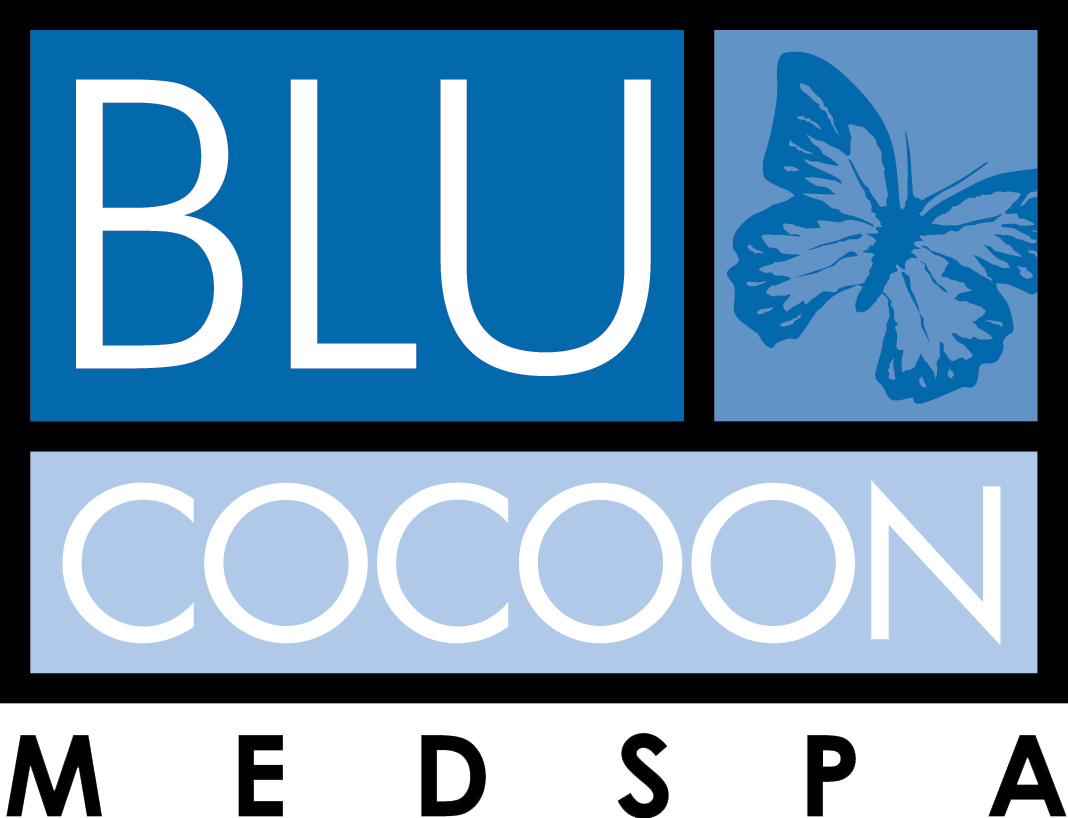

Dysport
What is Dysport?
Dysport (aka abobotulinumtoxinA) is an injectable neuromodulator that smooths lines and wrinkles for up to four months. It’s FDA-approved to treat moderate to severe frown lines, also called glabellar lines or “11s,” between the eyebrows.
It’s also used off-label to correct other expression lines, like crow’s feet and forehead creases.
Dysport is a form of botulinum toxin type A, so it’s similar to Botox, Xeomin, and Jeuveau. Like its competitors, Dysport works by temporarily blocking the communication between nerves and muscles, to stop injected muscles from contracting and wrinkling the overlying skin.
Beyond smoothing existing wrinkles, the treatment can also be used preventively, to minimize muscle movement and stave off future wrinkles and forehead lines.
Dysport can be used for:
- Crow’s Feet
- Frown lines/Glabellar lines (or “11s”)
- Forehead
- Marrionette (downturned mouth)
- Brow lift
- Lip lines (smokers lips)
- Lip augmentation (turn up/pout lips)
- Jelly Roll on lower lids
- Gummy smile
- Platysmal bands
- Necklace line around neck
- Jaw augmentation
- Bunny lines
- Peau d'orange (Orange peel appearance on chin area)

Gail's Story
"When it comes to minimizing fine lines and wrinkles, especially around my eyes, I trust Blu Cocoon and their use of Dysport to give me the results I desire. I notice results in less than 3 days! Blu Cocoon's consistent evaluation of my skin and their technique is by far the reason I return to them regularly over the years - to achieve that subtle wrinkle free, natural and youthful appearance."
Gail, 45, patient since 2007
Frequently Asked Questions
Pros
- Injections are quick (10 to 20 minutes) and have practically no downtime, so they’re easy to fit into your workday.
- For select people, Dysport may kick in faster than other injectable neurotoxins.
- Dysport may create a more natural look than other neuromodulators.
- Recent studies by Galderma show that Dysport may last up to five months, which is longer than other neuromodulators.
Cons
- Results aren’t permanent. If you want to maintain the effects, you’ll need about three treatments a year.
- As with any injection, there are potential risks, such as pain, bleeding, bruising, redness, swelling, tenderness, and infection—but all of these side effects should be mild or rare.
- The so-called complexing proteins in Dysport (Botox and Jeuveau, too) are thought to contribute to possible drug resistance with continued use.
As with any injections, bruising can occur. You can minimize your risk by avoiding blood thinners (that aren’t medically necessary) for a week before your procedure. This includes alcohol, fish oil and vitamin E supplements, and nonsteroidal anti-inflammatory drugs (NSAIDs), like aspirin and Advil. If you do develop a headache post-shot, ibuprofen or acetaminophen is generally safe to take.
According to the manufacturer, the most common side effects associated with glabellar injections include upper respiratory infections, headaches, injection-site pain, eyelid swelling, and nausea.
Dysport may trigger an allergic reaction for some people, since it contains a protein found in cow’s milk. (Botox and Xeomin don’t.) This is not the same thing as lactose intolerance. If you have a cow’s milk allergy, talk to your medical practitioner before considering Dysport.
Although very rare, the most serious side effects of botulinum toxin injections arise from the possibility of it spreading beyond the injection site and triggering symptoms like muscle weakness or spasms; double or blurred vision; and trouble speaking, swallowing, or breathing. Tell your medical practitioner right away if you experience any unusual symptoms after your injections.
It’s important to work with a board-certified physician, physician’s assistant, nurse, or other experienced healthcare provider with a deep working knowledge of facial anatomy, to help ensure you receive appropriately placed injections and natural-looking results.
Your medical practitioner will cleanse the treatment area and offer to apply a numbing cream (though most people find they don’t need it).
Then your provider will use a tiny needle to inject small amounts of Dysport into the muscles just beneath your skin, to relax them.
You’ll probably feel pinching but not pain during the injections. Your medical practitioner may ask you to smile, frown, raise your eyebrows, crinkle your nose, or make other expressions to help identify the exact spots that need addressing. The entire treatment should take 10 to 20 minutes, depending on how many areas you’re having injected.
You may have some mild redness or swelling at the injection sites. Some people also have light bruising for up to a week. Your medical practitioner may recommend avoiding exercise and other strenuous activities, as well as lying flat for a few hours post-treatment, to limit the risk of the drug spreading and creating unwanted effects. It is also advised not to rub the injection sites for the same reason.
The results of Dysport may be seen as soon as a few days after the injection, however, most people see full results 7-14 days after the treatment.
